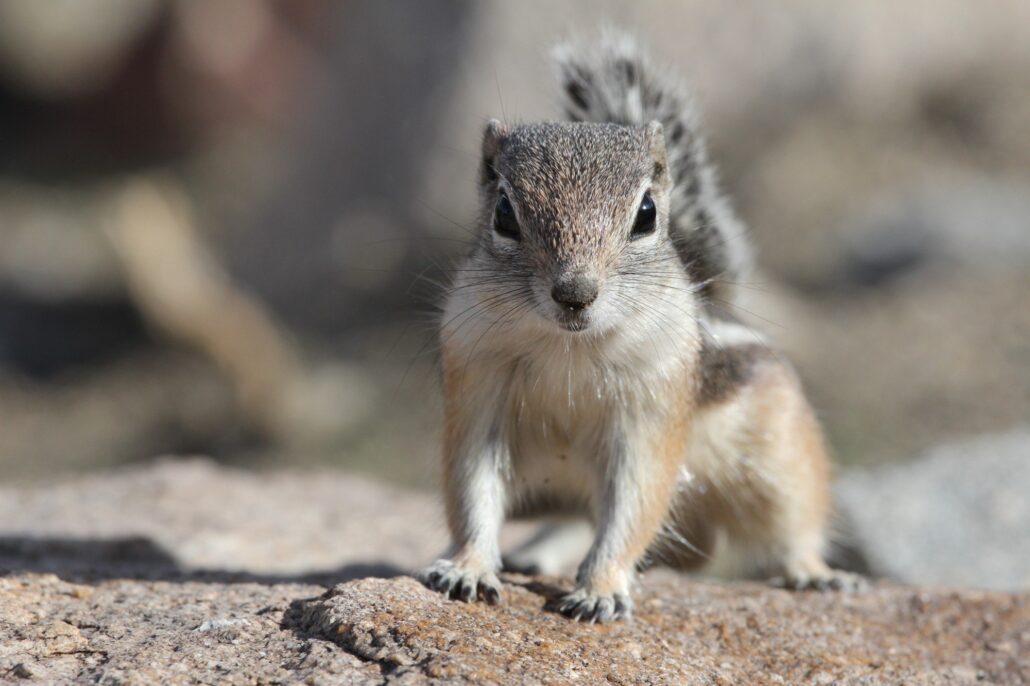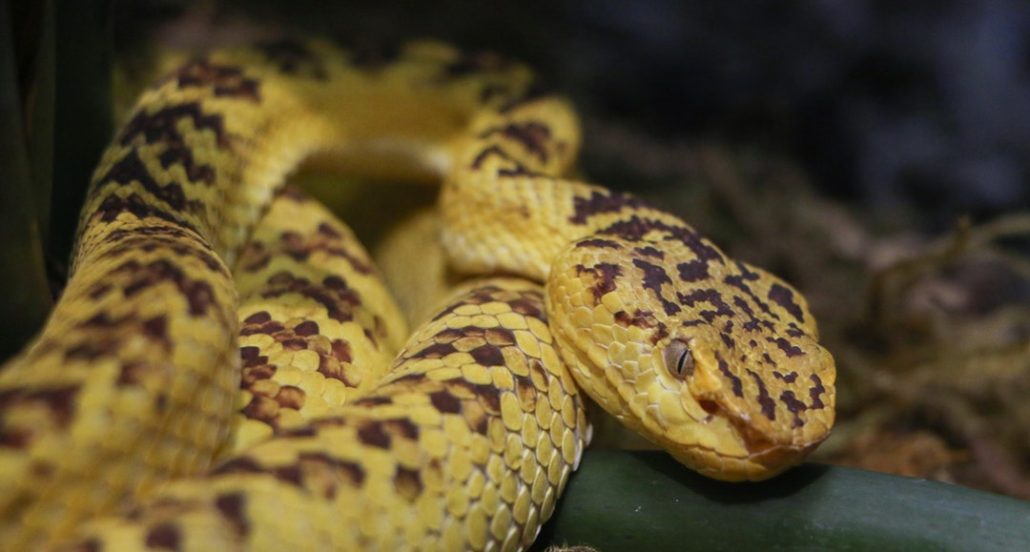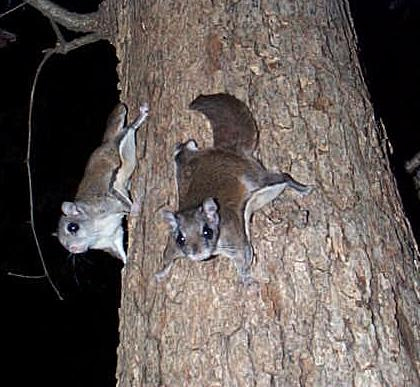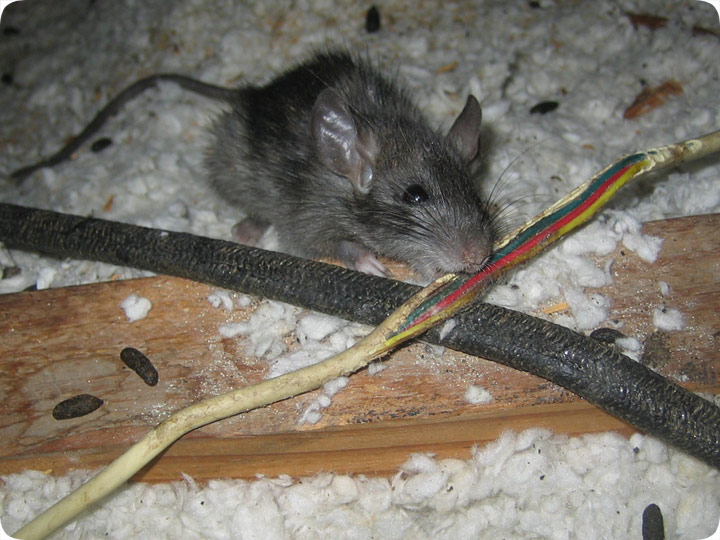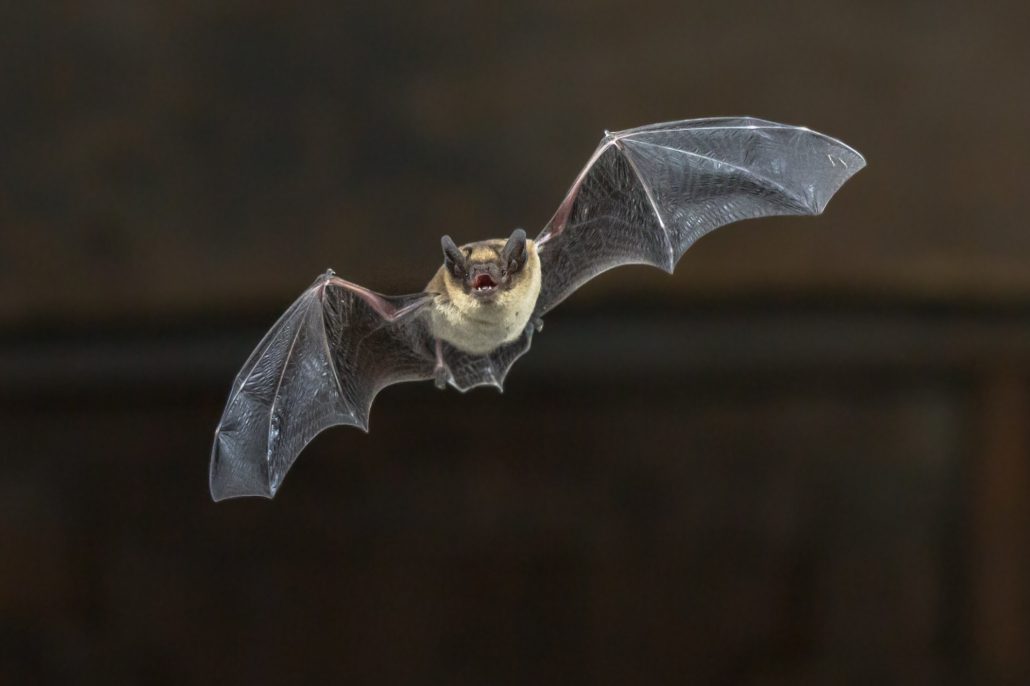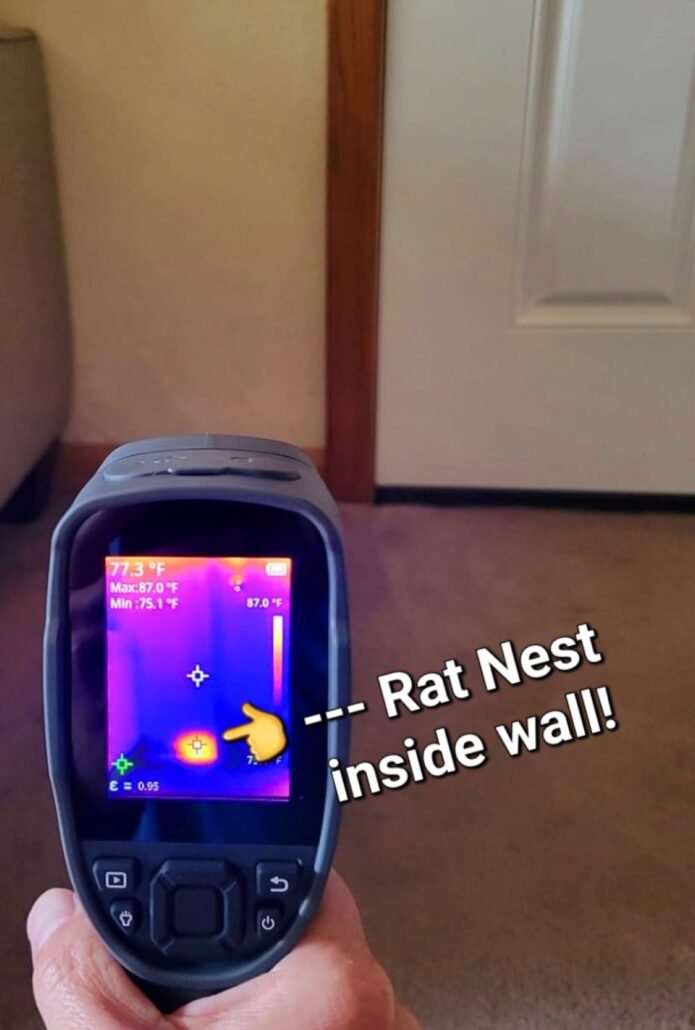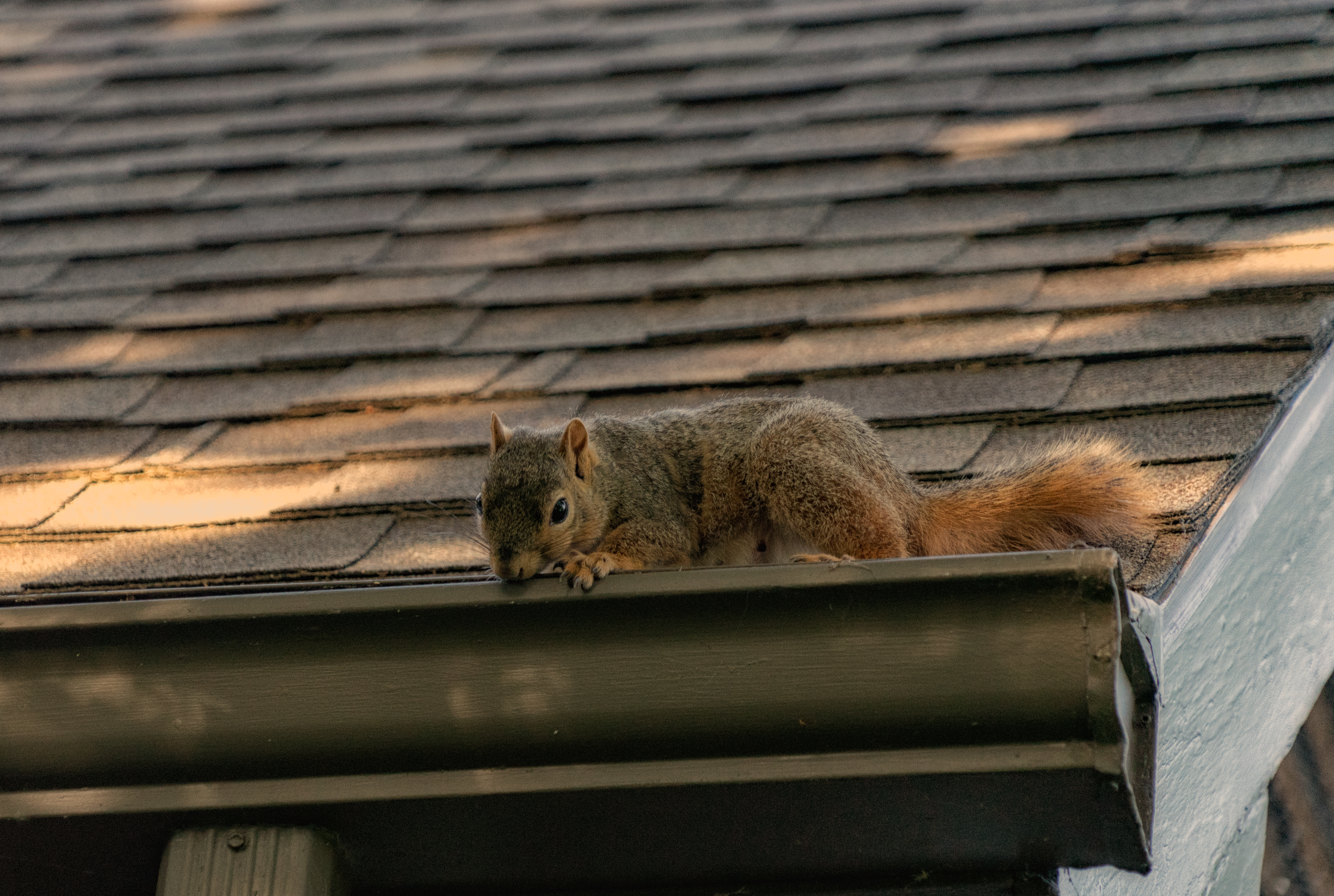Georgia Rat & Rodent Removal
Searching for 24/7 Rat Removal Atlanta GA? Perimeter Wildlife Control offers rat removal and rat control services in Atlanta, Georgia.
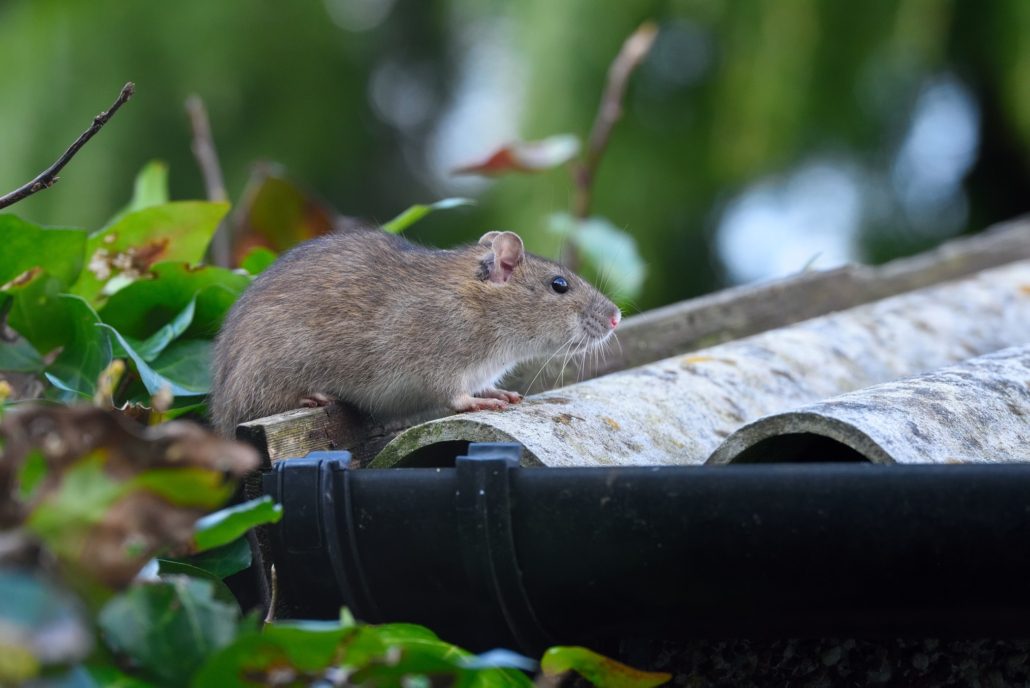 Rats & Mice:The roof rat (Rattus rattus) is one of two introduced rats found in the contiguous 48 states. The Norway rat (R. norvegicus) is the other species and is better known because of its widespread distribution. A third rat species, the Polynesian rat (R. exulans) is present in the Hawaiian Islands but not on the mainland.
Rats & Mice:The roof rat (Rattus rattus) is one of two introduced rats found in the contiguous 48 states. The Norway rat (R. norvegicus) is the other species and is better known because of its widespread distribution. A third rat species, the Polynesian rat (R. exulans) is present in the Hawaiian Islands but not on the mainland.
Rattus rattus is commonly known as the roof rat, black rat, and ship rat. Roof rats were common on early sailing ships and apparently arrived in North America by that route. This rat has a long history as a carrier of plague, histoplasmosis, & more fatal diseases.
Table 1. Identifying characteristics of adult rats.
Item | Roof Rat (Rattus rattus) | Norway Rat (Rattus norvegicus) | |
| General appearance | Sleek, graceful | Large, robust | |
| Color of belly | Uniform: all white, all buff, or all gray | White with gray underfur | |
| Body weight | 5 to 10 ounces (150 to 250 g) | 7 to 18 ounces (200 to 500 g) | |
| Tail | 4.3 inches (more than 11 cm), extends | 4.3 inches (more than 11 cm), shorter | |
| at least to snout; black, fine scales | than body; dark above, pale below | ||
| Head | Muzzle pointed | Muzzle blunt | |
| Ears | Can be pulled over eyes | Do not reach eyes | |
| Hind foot length | 1.3 inches (3.5 cm) | 1.7 inches (4.4 cm) | |
| Number of teats | |||
| on female | 10 | 12 | |
Habitat
Roof rats are more aerial than Norway rats in their habitat selection and often live in trees or on vine-covered fences. Landscaped residential or industrial areas provide good habitat, as does riparian vegetation of riverbanks, streams, & creeks. Parks with natural and artificial ponds, or reservoirs may also be infested. They are sometimes found living in industrial sites where food and shelter are available.
Roof rats frequently enter buildings from the roof or from accesses near overhead utility lines, which they use to travel from area to area. They are often found living on the second floor of a warehouse in which Norway rats occupy the first or basement floor. Once established, they readily breed and thrive within buildings, just as Norway rats do. They have also been found living in sewer systems, hence the term “sewer rat”.
Food Habits
The food habits of roof rats outdoors in some respects resemble those of tree squirrels, since they prefer a wide variety of fruit and nuts. They also feed on a variety of vegetative parts of ornamental and native plant materials. Like Norway rats, they are omnivorous and, if necessary, will feed on almost anything.
In food-processing and storage facilities, they will feed on nearly all food items. They do very well on feed provided for domestic animals such as swine, dairy cows, and chickens, as well as on dog and cat food.
There is often a correlation between rat problems and the keeping of dogs, especially where dogs are fed outdoors. Roof rats usually require water daily, though their local diet may provide an adequate amount if it is high in water content.
General Biology
Control methods must reflect an understanding of the roof rat’s habitat requirements, reproductive capabilities, food habits, life history, behavior, senses, movements, and the dynamics of its population structure. Without this knowledge, both time and money are wasted, and the chances of failure are increased.
Reproduction and Development
The young are born in a nest about 21 to 23 days after conception. At birth they are hairless, and their eyes are closed. The 5 to 8 young in the litter develop rapidly, growing hair within a week. Between 9 and 14 days, their eyes open, and they begin to explore for food and move about near their nest. In the third week they begin to take solid food.
The number of litters depends on the area and varies with availability of nutritious food, density of the local rat population, and the age of the rat. Typically, 5 or more litters are produced annually, due to the fact that they have a 27 day gestation period. At about 3 months of age they are completely independent of the mother and are reproductively mature.
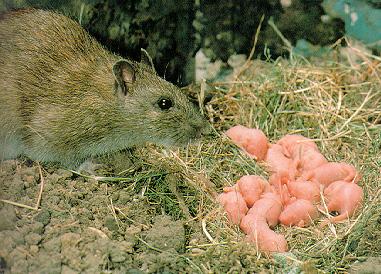
Feeding Behavior
Rats usually begin searching for food shortly after sunset. If the food is in an exposed area and too large to be eaten quickly, but not too large to be moved, they will usually carry it to a hiding place before eating it. Many rats may cache or hoard considerable amounts of solid food, which they eat later. Such caches may be found in a dismantled wood pile, attic, basement, crawlspace, or behind boxes in a garage.
Senses
Rats rely more on their keen senses of smell, taste, touch, and hearing than on vision. They are considered to be color-blind, responding only to the degree of lightness and darkness of color.
They use their keen sense of smell to locate and select food items, identify territories and travel routes, and recognize other rats, especially those of the opposite sex. Taste perception of rats is good; once rats locate food, the taste will determine their food preferences.
Roof rats also have an excellent sense of balance. They use their tails for balance while traveling along overhead utility lines. They move faster than Norway rats and are very agile climbers, which enables them to quickly escape predators.
Populations
Rat densities (numbers of rats in a given area) are determined primarily by the suitability of the habitat—the amount of available nutritional and palatable food and nearby protective cover (shelter or harborage).
The great adaptability of rats to human-created environments and the high fertility rate of rats make for quick recuperation of their populations. Unless the suitability of the rat’s habitat is destroyed by modifying the landscaping, improving sanitation, and rat-proofing, control methods must be unrelenting if they are to be effective.

